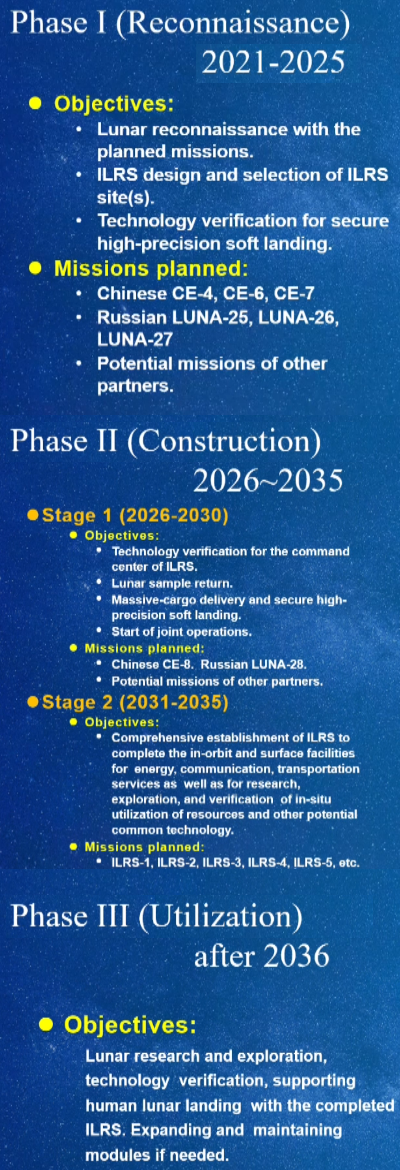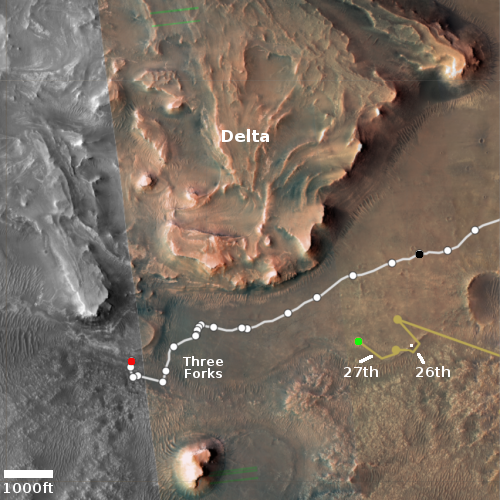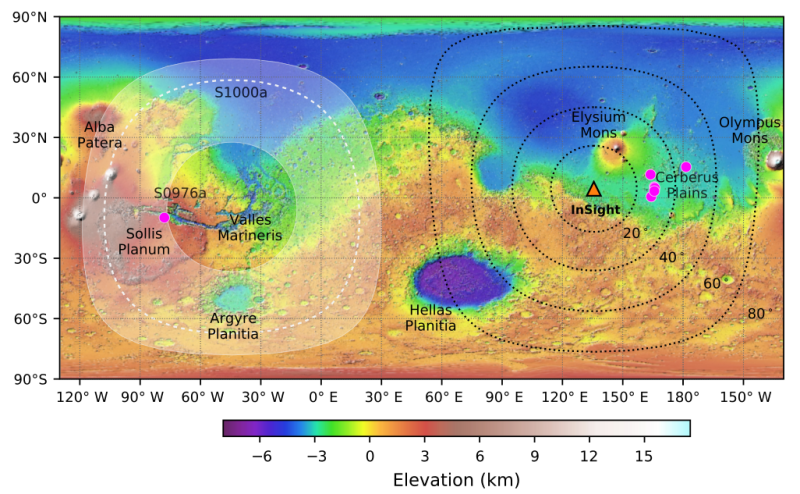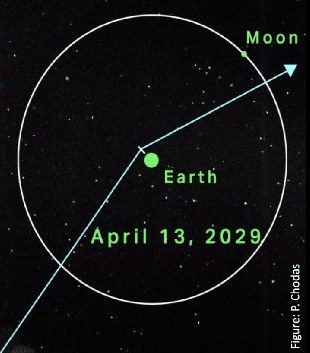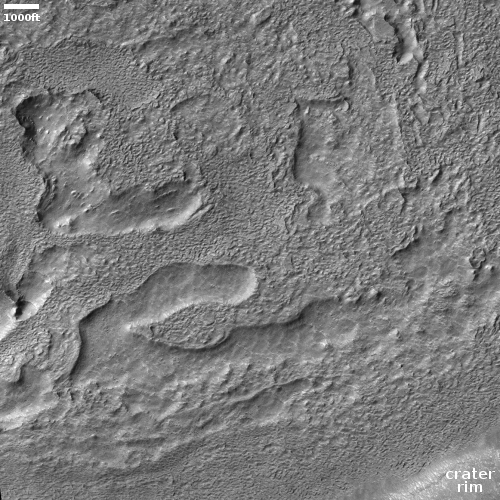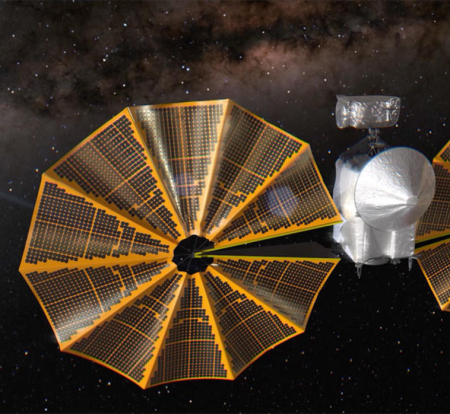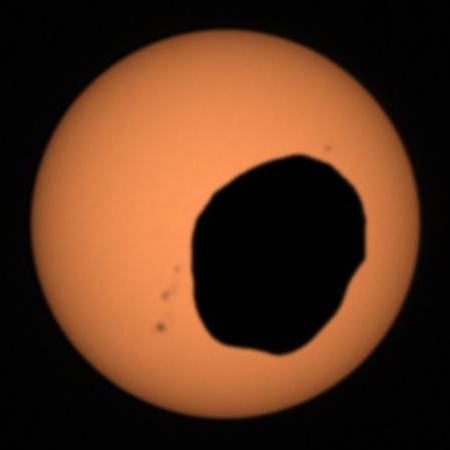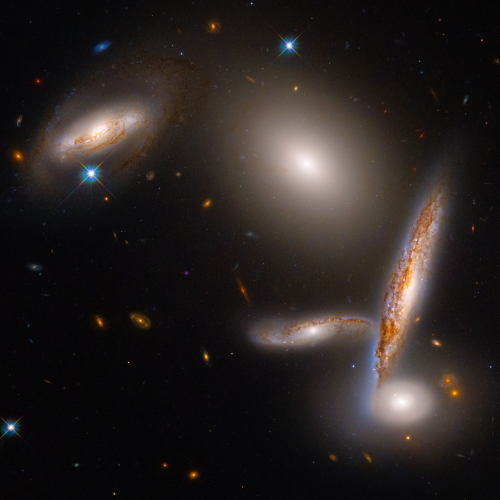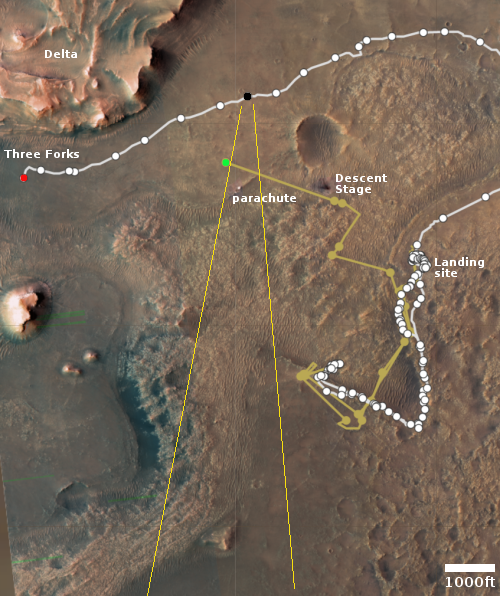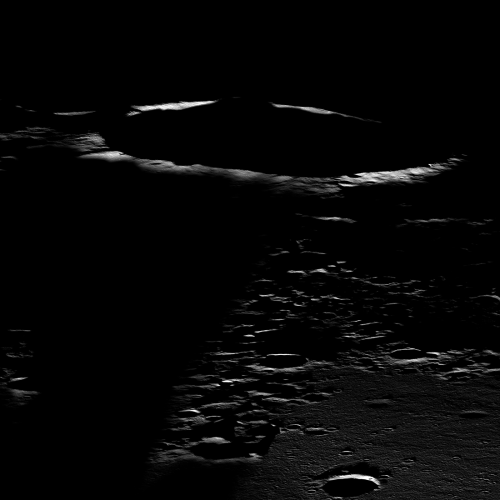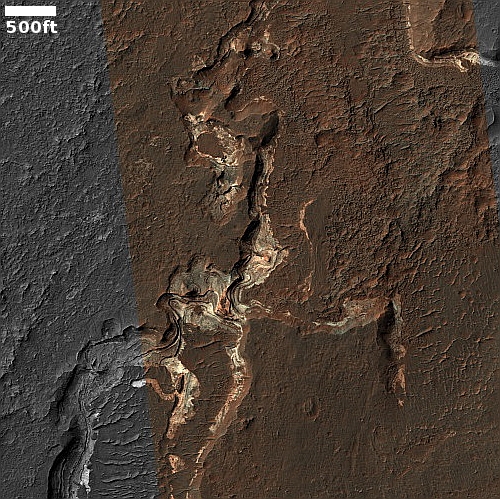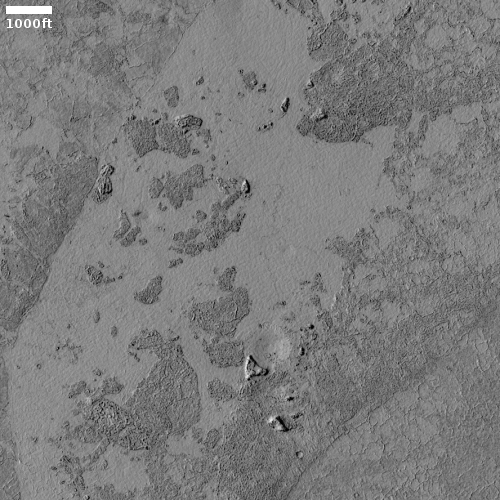NASA decides to end airborne SOFIA telescope operations
According to a joint announcement yesterday from NASA and the German space agency DLR, all operations of the airborne astronomy telescope SOFIA will end as of September ’22.
NASA has been trying to cancel this project for several years, because its capabilities have not justified its expense, about $85 million per year. Congress has repeatedly refused to go along, reinserting funding after NASA tried to delete it. That the astronomy community itself suggested in November that the project be canceled, however, probably means this Congress will likely go along with this most recent announcement.
According to a joint announcement yesterday from NASA and the German space agency DLR, all operations of the airborne astronomy telescope SOFIA will end as of September ’22.
NASA has been trying to cancel this project for several years, because its capabilities have not justified its expense, about $85 million per year. Congress has repeatedly refused to go along, reinserting funding after NASA tried to delete it. That the astronomy community itself suggested in November that the project be canceled, however, probably means this Congress will likely go along with this most recent announcement.

